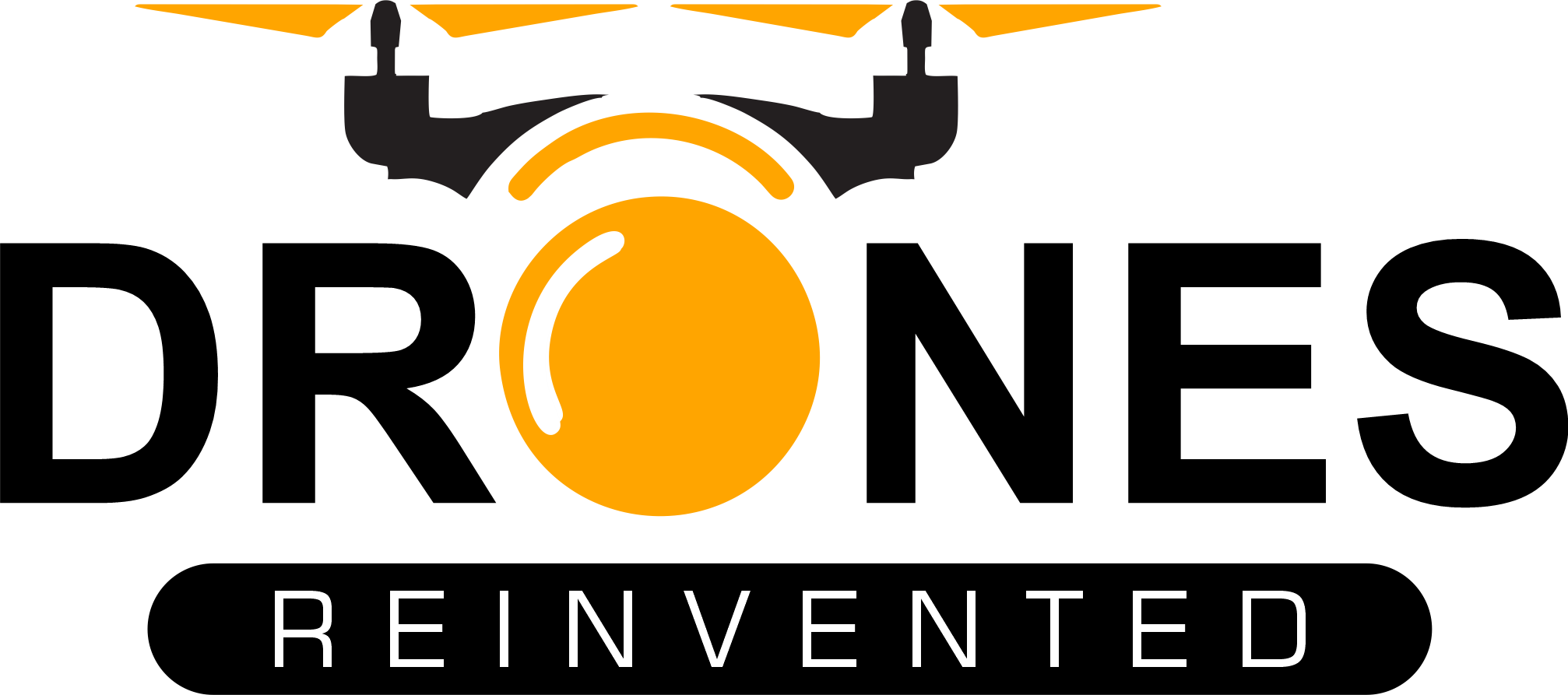Falcon’s Range from 1kW to 20kW Aims to Meet the Growing Demand for UAV Propulsion in a Shifting Global Market
ePropelled, a propulsion and energy management company based in Laconia, New Hampshire, has announced the launch of its Falcon product line. The new propulsion systems, assembled in the United States, are designed to meet a range of uncrewed aerial vehicle (UAV) power needs, offering solutions from 1kW to 20kW. This move comes at a time when the demand for American-made drone technology is on the rise, driven by changes in global trade policies.
Responding to Global Trade Changes
The release of the Falcon line coincides with increasing restrictions on Chinese-made UAV components. China’s recent regulation limits the export of propulsion systems exceeding 16kW, while the U.S. government has introduced additional restrictions on Chinese drone products. These developments have created a growing need for reliable alternatives in the global UAV market.
Nick Grewal, CEO of ePropelled, commented, “Our Falcon product line exemplifies ePropelled’s commitment to innovation and excellence in propulsion technology. By offering power options from 1kW to 20kW — alongside our ePConnected™ protocol for comprehensive control, instrumentation, and data-sharing services — Falcon delivers unparalleled performance and efficiency.”
Grewal added that the Falcon line is fully assembled in the U.S., meeting industry standards and offering solutions to help customers stay ahead of compliance challenges.
Meeting Demand for High-Power UAV Systems
The Falcon line includes five electric propulsion motors and five intelligent motor controllers. These controllers reach efficiency rates of up to 98 percent, providing high levels of power management and operational control. For hybrid UAVs, a smart electronic engine starter motor controller is also available, designed to manage demanding power needs.
Quiet and efficient, Falcon motors are equipped with ePConnected™ real-time performance analytics. UAV designers can create custom applications and set mission-specific alerts using an open API. The motors also feature superior cooling technology, allowing them to function in high altitudes and thinner air—an important factor for UAV operations.
Michael Rowe, an industry analyst from Frost & Sullivan, noted, “Electric drone engines, especially powerful and flexible solutions such as those of ePropelled, are a growth market for multiple reasons and provide an excellent investment opportunity. For example, in both civil and military use case scenarios, reduced sound is essential to reduce sound pollution and detection.”
A Market on the Rise
With drone technology continuing to evolve, the demand for higher-powered propulsion systems is expected to grow. Philip Hicks, an industry analyst at Pravo Consulting, said, “We are seeing a growing demand for drone propulsion systems up to 20kW and 106V. ePropelled’s Falcon devices meet these demands, even as China has capped all of its drone motor exports at 16kW.”
According to research by Mordor Intelligence, the global market for UAV propulsion systems is projected to grow from $6.17 billion in 2024 to $8.19 billion by 2029, a compound annual growth rate (CAGR) of 5.84 percent. The introduction of ePropelled’s Falcon line places the company in a strong position to contribute to this expanding market.
As global regulations evolve, the demand for non-Chinese UAV components is expected to increase, and ePropelled’s U.S.-assembled propulsion systems provide a critical alternative for manufacturers worldwide.
For more information on the Falcon series and to access product data sheets, contact ePropelled or visit their website at ePropelled.com.
Read more:
Miriam McNabb is the Editor-in-Chief of DRONELIFE and CEO of JobForDrones, a professional drone services marketplace, and a fascinated observer of the emerging drone industry and the regulatory environment for drones. Miriam has penned over 3,000 articles focused on the commercial drone space and is an international speaker and recognized figure in the industry. Miriam has a degree from the University of Chicago and over 20 years of experience in high tech sales and marketing for new technologies.For drone industry consulting or writing, Email Miriam.
TWITTER:@spaldingbarker
Subscribe to DroneLife here.

0 Comments